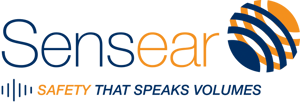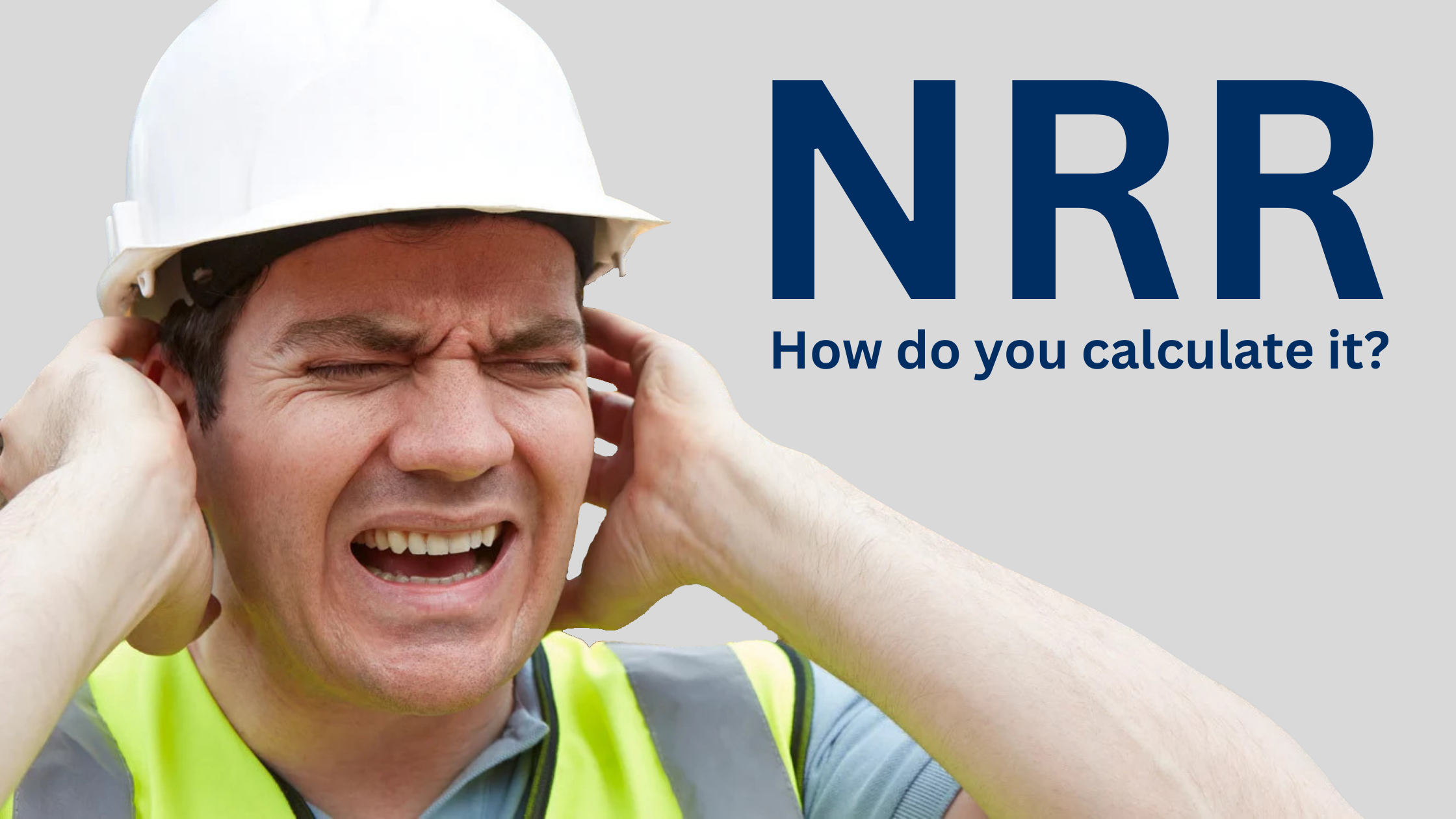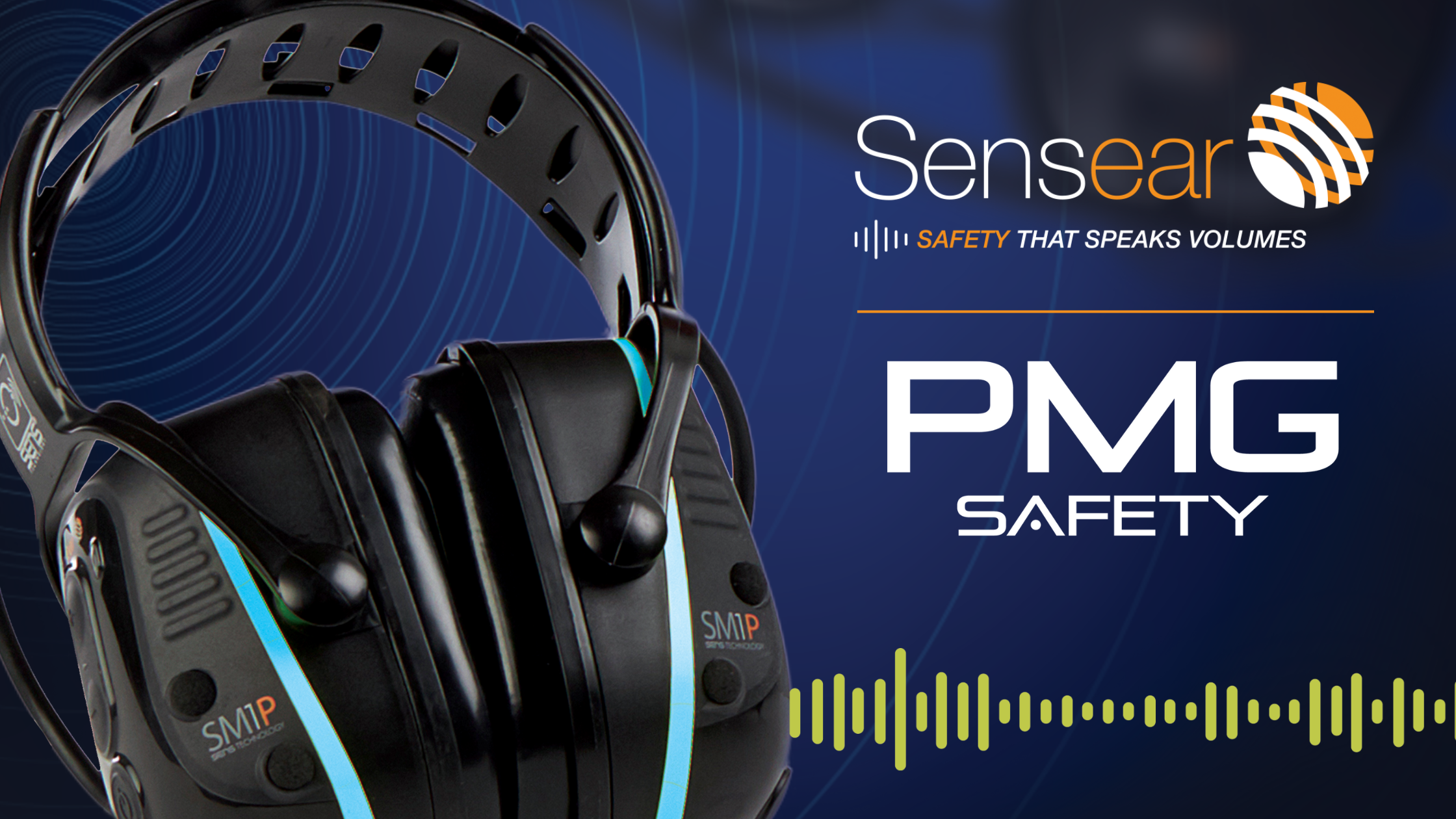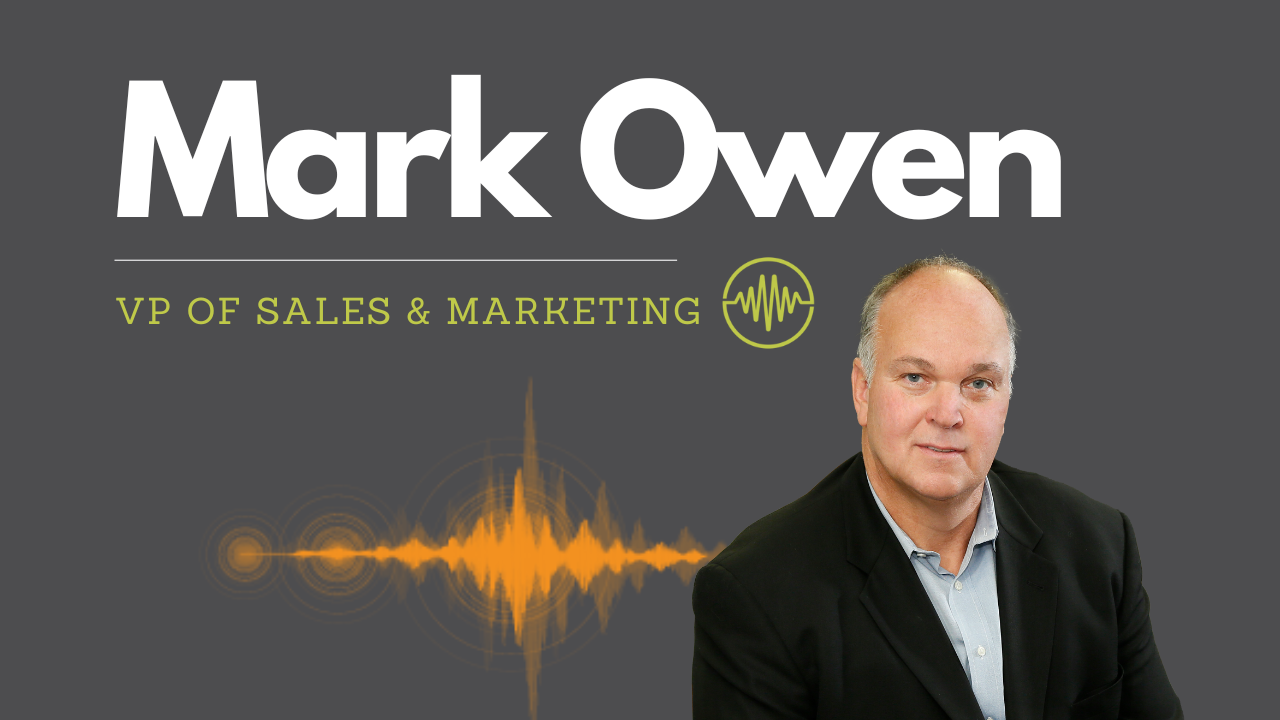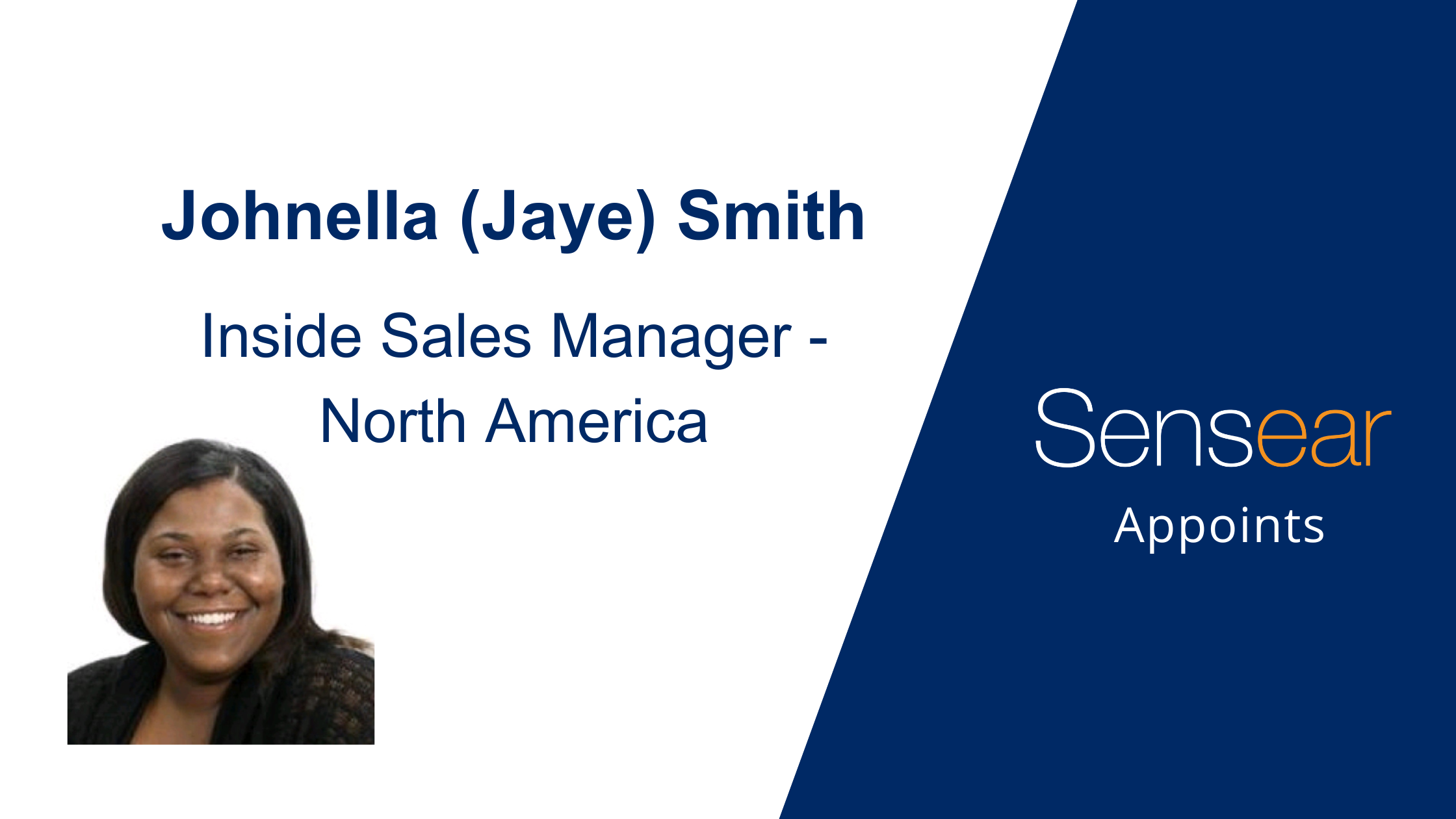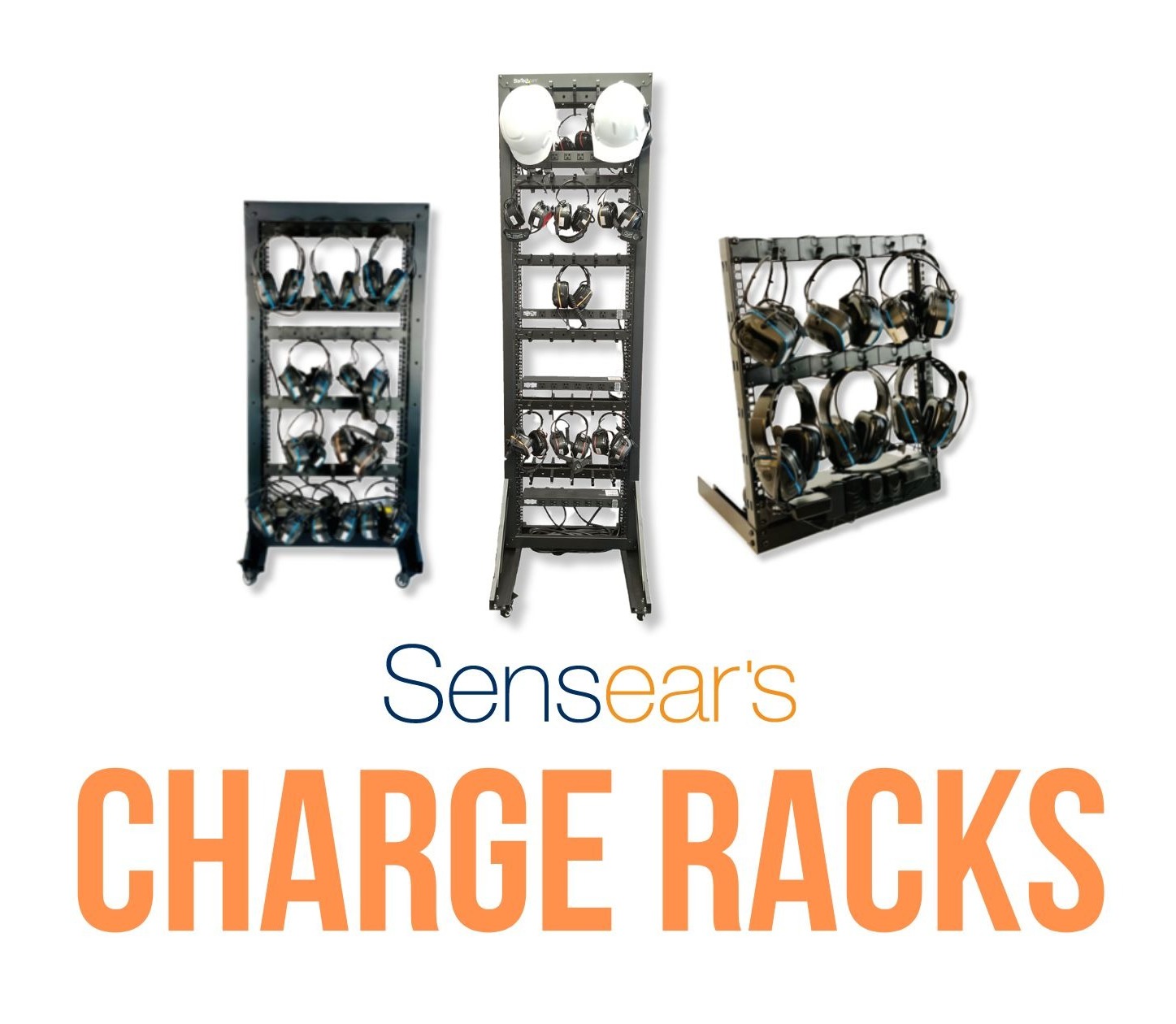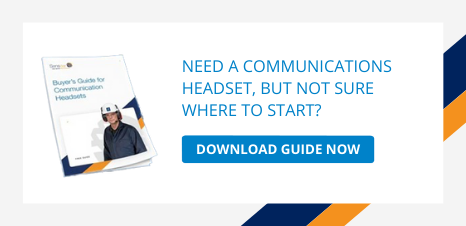According to the CDC (Centers for Disease Control and Prevention), an average of 22 million workers in the United States are exposed to dangerous levels of noise in the workplace. Considering that approximately $242 million is spent each year on workers’ compensation for disability due to hearing loss, it is imperative that companies take a proactive approach to preventing hearing problems. Ongoing exposure to noise levels that exceed 85dB is able to cause substantial hearing damage. OSHA (Occupational Safety and Health Administration) recommends that workers are not exposed to noise levels that exceed 85dB for extended periods of time.
There are several occupations in which the noise level that employees are subjected to surpasses this level on a regular basis. The following are 7 occupations that can damage hearing and tips to help minimize hearing loss:

7 Occupations That Damage Hearing
- Construction Worker - Construction workers are exposed to loud noises from a variety of sources. From nearby traffic to noisy equipment such as jackhammers, these workers can easily experience hearing loss. HearForever reported that a study regarding construction workers in the state of Washington found that the workers on the job were exposed 70% of the time to noise higher than 85dB.
- Garbage Collector - The large trucks and heavy machinery that is used to lift and empty trash can create a large amount of noise. While the noise the average garbage collector is exposed to may not reach levels as high as other occupations, the workers are exposed to these levels of sound almost continually throughout the entire workday while the trucks they're riding in are operating.
- Musician - Many famous musicians are known to have experienced hearing loss. Whether an individual is on the stage or working behind the scenes, musicians are subjected to a high volume of noise. Working in nightclubs and other entertainment venues can also subject an individual to these high levels of noise. The Hearing Improvement Center has reported that musicians not only suffer from hearing loss but also experience tinnitus, which includes ringing in the ears.
- Ambulance Driver - The sound provided from the siren on an ambulance produces noise at 130dB. A report released by the US National Library of Medicine stated that ambulance paramedics over the course of 14 years in the profession appeared to lose hearing acuity at higher rates than others in their peer group.
- Landscaper - A variety of lawn mowing equipment is often used for hours at a time when working landscaping. An average lawnmower produces noise levels at about 90dB. While this isn't much higher than the threshold of 85dB, prolonged exposure to this level of noise can ultimately cause hearing loss. Those in the landscaping business often use equipment, such as chainsaws, that provide even higher levels of noise.
- Air Traffic Controllers, Flight & Ground Crews - Sounds from jet engines provide some of the loudest noise that a person can be exposed to. An average jet engine produces noise at approximately 140dB. Even though they're inside the plane, those who are working as part of the crew will experience up to 130dB of noise during each take-off. Those on the ground can be exposed to even louder noise. Some jet planes will even hit noise levels as high as 190dB. Noise at this level can cause immediate hearing damage.
- Manufacturing - Working near large and extremely loud machinery is a fact of life in the field of manufacturing. According to Audicus, hearing loss is the most common illness related to occupations in the manufacturing field. Some of the processes in manufacturing that produce loud sounds include glass bottling lines, cutting machinery, milling operations, and the noise produced from wheeled trolleys and racks.
Ways to Minimize Hearing Loss on the Job
- Meet Legal Guidelines - Companies should always meet federal and state regulations regarding acceptable levels of noise in a work environment. OSHA (Occupational Safety & Health Administration) provides detailed information on their website regarding workplace regulations.
- Keep Machinery in Top Working Order - Tools and machines that aren't working properly sometimes produce loud and unpleasant noise. Keeping machines lubricated and all maintenance updated may help reduce noise levels.
- Plan Ahead - Whenever there are projects in the workplace that require heavy machinery or tools that produce high levels of noise it's important to build sound barriers whenever possible. These types of barriers and walls can be placed between the work area and other employees. It's also recommended to schedule noisier jobs when fewer people are around.
- Provide Hearing Screenings - Companies should provide regular hearing screenings for those employees that work in loud areas. Hearing loss can be subtle and employees may be losing their hearing for several years before there are any noticeable changes. Some symptoms of hearing loss after noise exposure include buzzing in the ears and hearing people talk but having difficulty understanding what they are saying.
- Use Hearing Protection - It's important to select the proper hearing protection and then make sure it's used in the most effective manner. There are a variety of wireless communication devices that are Bluetooth® compatible and still provide hearing protection. There are several brands, such as Kenwood, Motorola, and Sonim, that offer compatible in-ear plugs or over-the-ear headset protection that can be worn to prevent hearing loss among employees. Remember – hearing loss is permanent and hearing protection is needed in many occupations, locations, and applications you might not immediately consider as hazardous.
Protecting hearing is an important part of staying healthy and enjoying a productive life. It's important to be aware of the many occupations that can potentially damage hearing. Every business should invest in the proper equipment in order to safeguard employees from unnecessary hearing loss. Sensear provides a wide variety of smart in-ear plugs, over-the-ear headsets, and even group tour headsets for occupational use. Whether employees need headset-to-headset communication, Bluetooth® capable single and even double-protection PPE (personal protective equipment), or headsets that connect to both analog and digital radios, Sensear offers several options for optimal integrated communication while providing hearing protection.
Contact Sensear for more information regarding workplace headsets and earplugs. Sensear offers patented, highly engineered Smart earmuffs and in-ear plugs that expertly integrate all three commonly needed items when working in High Noise Environments….Communication ◦ Protection ◦ Situational Awareness. Let us show you what Sensear's innovative SENS® Technology can do!
Follow Sensear and always be in the know.
Follow @HearSensear